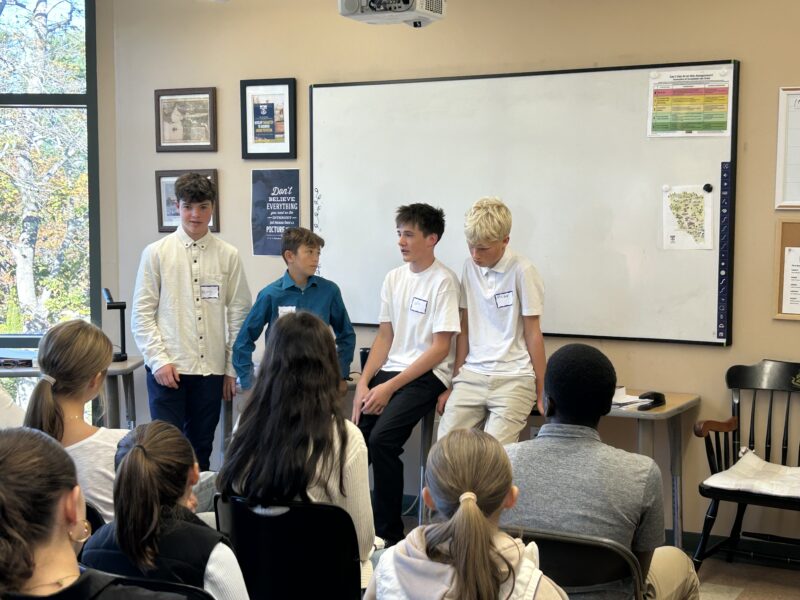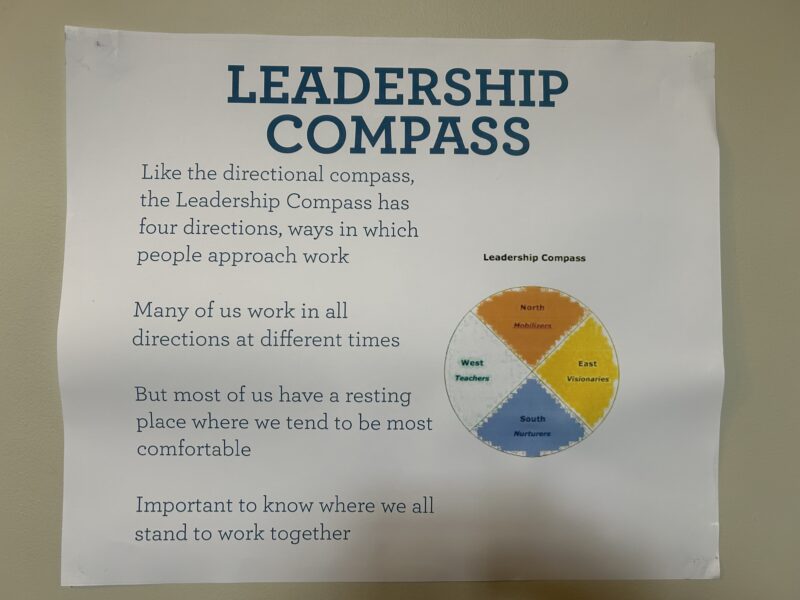
After 40+ years of doing this education thing, I think I’ve gotten pretty good at helping kids understand:
– The basics of writing persuasive composition;
– The origins of the U. S. Constitution;
– The proper technique on throwing and catching a lacrosse ball;
– The fundamentals of man-to-man defense in pretty much any team sport;
– How the word “arguably” is to the debater what WD-40 is to the home mechanic.
One thing I have not gotten much better at is helping young student-athletes get real about their prospects for college athletic scholarships.
To be sure, it is not an easy task, especially when you spend a lot of time telling kids to go after their dreams. But how do you stop them when you’re pretty sure they’re chasing the mirage of a pipe dream?
As dauntingly illustrative as they may be, actual statistics tend to cause their eyes to glaze over. For example, of the roughly 540,000 boys who play high school basketball annually, fewer than 6,000 — slightly more than one (1)% — will play Division 1 basketball. All the words and expressions I receive in response to this information tend to add up to: My mind is made up. Don’t confuse me with the facts.

I’ve tried pretty much everything. For example, here’s one failed angle:
“So, ___________, If you agree that you are not currently playing in the top 10% (to say nothing of 1%) of the league in which we play — a league that would not make any listings of “Most Competitive” conferences — How are you going to break into that 1% of all the kids now playing high school ball?”
Here’s the typical response: “It’s my dream. And I won’t stop ’til I get there.” (Some will sternly add, “I thought that’s what you are teaching us to do.”)
And furthermore, “play Division 1” does not always result in a happy ending. Last year I spoke with a friend who has devoted the last 20+ years helping promising young, NYC ballers from underprivileged backgrounds bring their academic and athletic credentials up to par to qualify for an athletic scholarship. At one point, he said to me, “After 20 years of doing this, I’m not sure who is worse off: The kids who do not qualify for the scholarship or the kids who do.”
Sensing my quizzical expression, he continued, “Of all the kids I have helped get scholarships, far too many fail to eventually graduate and far too many who do graduate leave with shaky transcripts that do not set them up for success after the roar of the crowd fades. I’ve been part of a system that is failing kids.” (Hmmm… That last sentence sounds familiar in a familial sort of way.)
So, here’s my latest angle, one that just may be gaining some traction:
“OK, ____________, when you sit down with the coach on your visit to the school and he/she gets to the part of whether you have any questions, look in his/her eyes and politely say, “Thanks so much for the honor of this visit. I do have one question: I wonder if you could tell me what the players who graduated a decade ago are doing today?”
(Better yet, if there is a stray yearbook laying around, maybe ask him/her to open it to the basketball/football/lacrosse/etc. page and have him/her point to each player and tell you what he or she is doing today.)
So, ___________, look past: points per game… how soon before you will be a starter… how many championships have been won. Instead, stay focused on: What has happened to the men and women who have played here?
That is the best indicator of what might happen to you if you choose to join them.
Onward, Malcolm


